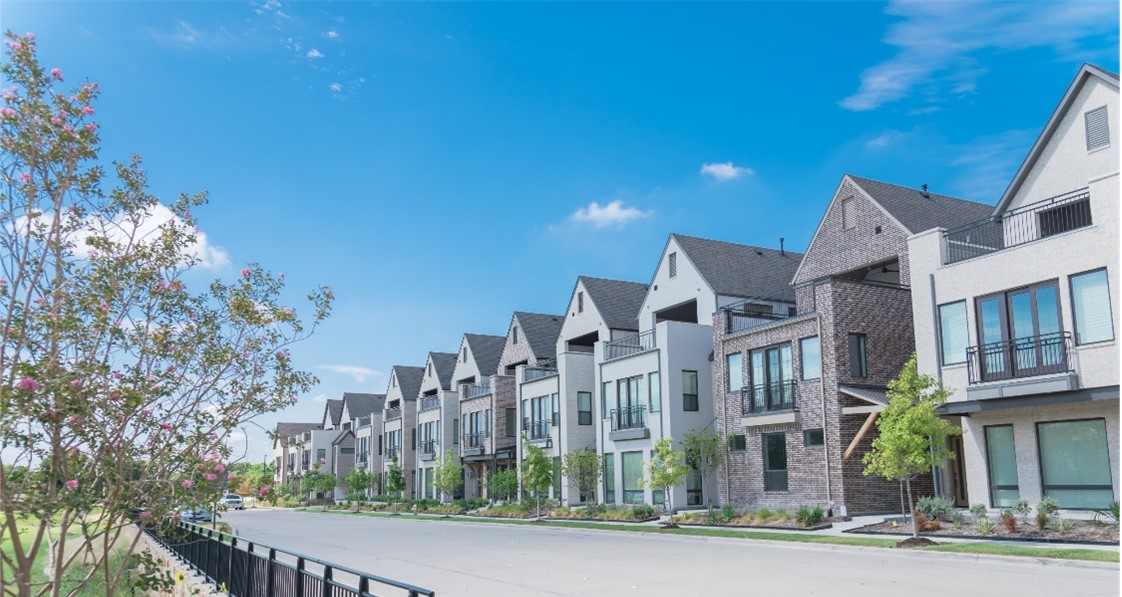Philip Goforth of Missouri is a real estate development professional with over 14 years of experience in commercial planning and construction. In the following article, Philip Goforth discusses the opportunities within multifamily units, the housing bubble, and why multi-unit housing is an important strategic opportunity for portfolio diversification and growth.
Multifamily development is one of the steadiest real estate trends of today. The increase in urbanized developments, mixed-use spaces, and multi-generational housing is something to pay attention to.
One of the primary benefits of multifamily investments is the potential for high returns. These commercial units offer several benefits to stakeholders looking to diversify their portfolio and generate consistent, steady cash flow.
Philip Goforth of Missouri explains that these types of investments involve purchasing and/or managing multi-unit residential properties such as apartment complexes, condos, or townhomes.
With multiple units generating rental income at once, the property can produce substantial profits, which can increase over time as rents increase and expenses are controlled.
Explanation of a Multifamily Unit
Multifamily developments are an arrangement of inter-linked apartments, condos, or townhomes providing separate living spaces to more than one family, usually with a communal, shared space for the mingling of tenants. Philip says that these shared spaces often include a fitness center, pool, or clubhouse.
As a rule, these spaces must have:
- At least 5 separate areas that could be considered “residences”
- An entrance for each residential space
- Shared infrastructural aspects (heating, fitness centers, etc.)
Not all condos qualify as multifamily developments. The ones that do, though, have a lot of potential for a good ROI.
One of the major investment benefits of these living spaces is the ability to spread risk management among multiple tenants. If one tenant moves out or stops paying rent, the impact on the overall investment is mitigated by the remaining tenants’ continued rental income.
It’s a Deceptive Term
Philip Goforth of Missouri says that the term “multifamily development” is actually slightly deceptive. Studies have shown that younger generations are putting less emphasis on getting married and having children. Gone are the days of the nuclear family and 8+ children in a household.
This new generation, including millennials, are less likely to marry and are having fewer children. Some would then ask, why would “multifamily developments” be a good idea anymore?
The simple answer is that there’s no contradiction. The family unit is unique. Maybe “multifamily” is the wrong choice of words – because more or less, it’s multi-unit housing. No matter if it’s a family, couple, or individual living in the space, the name is just window dressing.
The Housing Bubble (and Why It Matters)
Philip Goforth of Missouri explains that one of the major reasons why rental units are in high demand is the current inflated economy. Housing is expensive!
Expenses include property taxes, home maintenance, and, of course, mortgages. Although buying a house has never really been cheap, the current situation pushes a single-family home out of the price range of many individuals.
Between the implosion of the bubble before the Great Recession, student loan debt, and difficulty finding jobs, many millennials cannot afford a mortgage. And if they are already renting, they have little reason to upgrade.
Additionally, Philip says that multifamily investments offer economies of scale in terms of property management and maintenance. With multiple units, the costs of managing and maintaining the property is spread across the number of units, reducing overall expenses.
It also allows investors to take advantage of tax benefits, such as mortgage interest and depreciation.
These multiple units have also been proven to be a hedge against inflation. As rental rates increase, cash flows keep pace, providing reliable income that increases over time.
 How to Get Involved
How to Get Involved
Philip Goforth of Missouri explains that while some people may have no interest in being a landlord, others may have their interest piqued. However, there are complications when it comes to the most unorthodox real estate projects, and multifamily developments are no exception.
Here are some tips that investors should consider before starting:
- Location, location, location!
- Know the area – This includes demographics, traffic patterns, and so on.
- Negotiate good tax benefits before building.
- Figure out what the community wants: this might include a “green” building, a fitness club, or a nearby coffee shop on the ground level.
- Get all the approval required from local authorities.
Also, it helps to remember that many development projects will be starting from the ground up. It’s not like flipping a house; it involves the creation of brand-new property and sufficient space planning. That means that there will be more negotiating involved than usual.
Are These Units a Good Investment
Philip Goforth of Missouri says that if investors consider the points mentioned above, it certainly can be. More and more people are choosing to rent rather than own. This means that multifamily development projects can have a significant ROI!
Conclusion
Philip Goforth of Missouri says that “multifamily development” is a new term for an old concept. Overall, multifamily investment opportunities can provide investors with a stable and profitable addition to their portfolio. The influx of people choosing to rent over owning properties is growing.











